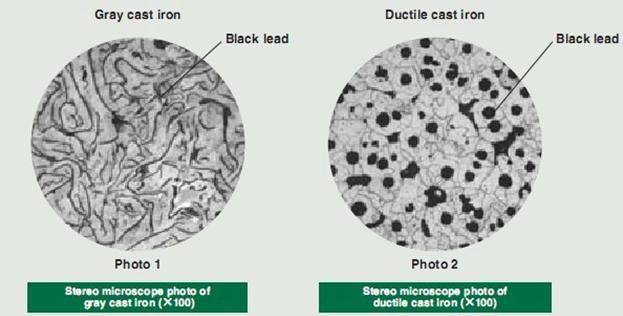I have a mix of tools--some new, some old. I feel like every time I turn around, my shiny new Lie-Nielsen #7 has a spot of rust on it somewhere, despite my best efforts. Contrast this with my roughly 100-year-old Stanley #5 that never rusts. And that's pretty typical in my shop. New tools need to be vigilantly protected from rust, while old tools are fine as is. Why? What, exactly, is this magical patina that prevents rust, and how could I promote its development on my newer tools?
Anybody know?




 Reply With Quote
Reply With Quote






